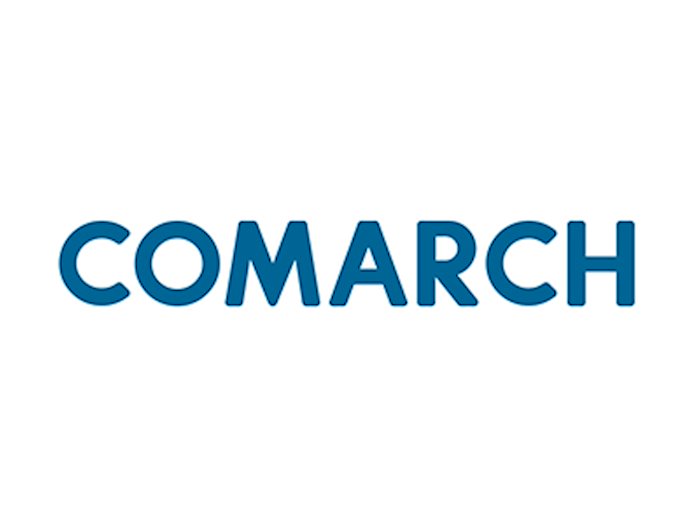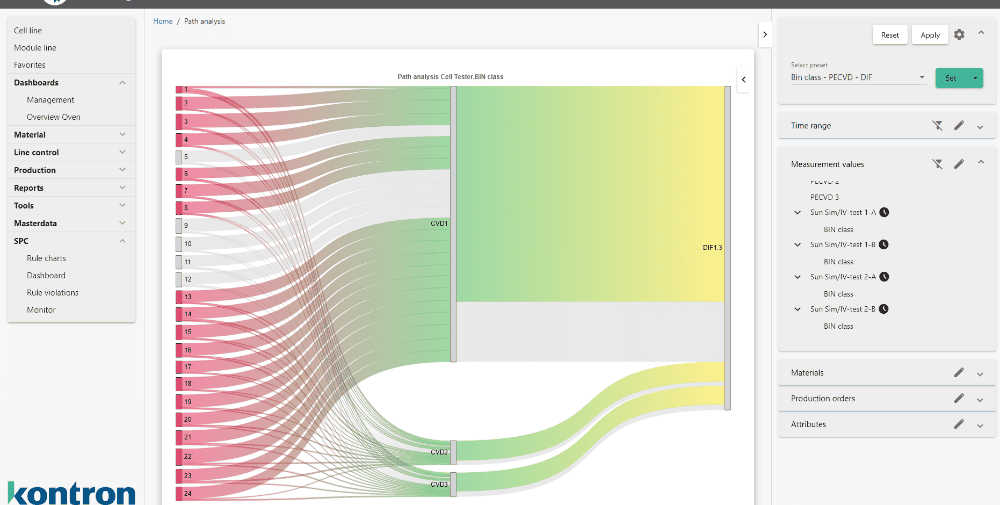
Innovative MES – Manufacturing Execution Systems – are increasingly evolving into MOM – Manufacturing Operations Management. In interaction with ERP, IOT, BI and AI, MOM enable the path to the Smart Factory: planning, control, execution, evaluation, forecasting and optimization of the entire production and logistics from a single source. Real-time data is analyzed using business intelligence or artificial intelligence to derive recommendations for action. Data and dashboards can thus continuously optimize production. For this purpose, MOM should be integrated with ERP system and machine data in the form of hubs. MOM is an important step towards the smart factory, the ideal model of a fully networked factory. Production plants and logistics solutions can be largely self-organized through the use of IoT MES and AI. In a smart factory, the work of employees, software, machines and robots is transparent at all times and documented in corresponding data chains. This data is the key that needs to be turned over in order to open up faster paths in manufacturing.
(Artificial) Intelligence as the Brain of the Smart Factory: How can data and its analysis optimize manufacturing?
All production-relevant data should flow together from the various sources into a data pool. It should be considered that software, as well as machines and components are taken into account. In MOM, ERP data, IoT data and MES data are collected, evaluated and processed together. This is not limited to those software data, but also includes all other integrated systems such as sensor and machine data. Log files from machines are used for this purpose, which is possible by default in many cases, especially for modern, digitized plants. Older machines and plants (brownfield) can be retrofitted with sensors. Retrofitting connects the aging part of the machinery to the IoT. Sensors guarantee the IoT connection, which in turn also enables the availability of data in real time in the MOM here. Process data, service data and event data are transmitted by the sensors in this case. In this area, the IO-Link system is considered a standardized connection system for data transfer. IO-Link sensors transport additional information in the communication protocol and store settings for parameters. This enables rapid replacement in the event of damaged sensors. Their successors can take over all stored information during ongoing operation. These data are evaluated in the dashboards. In this way, there are precise instructions as to which screw needs to be turned in order to improve production and generally OEE (Overall Equipment Effectiveness). Finally, overall equipment effectiveness can be accurately determined and the right decisions can be made, whether it’s forecasting mean time to repair for machine A or mean time to failure for machine B. With just a few clicks and glances, the result is an overview of machine availability and, based on this, effective control of the individual production steps.
Asset Tracking: Even more (movement) data
This analysis can be extended even further through the additional integration of asset tracking. With asset movement profiles, it is possible to precisely evaluate whether production metrics are being met and with which adjusting screws processes can be improved. Thus, much more far-reaching data sets are available for analyzing OEE.
Many benefits can be achieved with this data. A MOM of the future should enable the following goals to be implemented, leading to optimization in production and logistics. Bottlenecks in production can be detected at an early stage and prevented or reduced with countermeasures. Utilization and general capacities of production can be increased. An improvement of the production cycle can be achieved. By reducing scrap and improving the OK/NOK rate, material consumption and costs can also be reduced, and sustainability in the form of the eco-balance can be increased. In sum, this can increase the margin on a product.
Data Mining in Japanese Practice
Increasing productivity was one of the goals of a leading international manufacturing company from Japan, which operates 26 factories, five processing plants, and nine research and development centers worldwide. This required effective and efficient tools to analyze historical data and predict emerging trends and weaknesses. To this end, the huge volumes of data from the production lines were collected in a structured manner. The machines used in the production process generate very specific data that cannot be analyzed and used for business purposes with simple analysis tools. However, leveraging this unstructured and previously unanalyzed data is critical from a productivity improvement and optimization perspective. To this end, data mining solutions have been used in the following areas: quality analysis of manufactured products as a function of machine parameters, failure analysis and causes leading to failures and defects, failure prediction, planning and scheduling of optimal production processes.
These Big Data analyses enable decisions to be made that have a significant impact on cost reduction, reduction of downtime and overall increase in productivity.
For example, an accurate scrap calculation based on various machine models was implemented. It was also possible to predict the duration of downtime for each month and each machine depending on different types. The predictions were specified by validating the models based on historical data. Parameters such as machine speed, shift systems, teams and materials were also included.
Different methods were used for each machine – for production machines, data was aggregated per shift, for packaging machines per minute. The entire solution was developed using the R language and the R Studio platform. The described solution enabled the company to minimize losses and plan production processes in a way that shortened downtime as much as possible, which ultimately led to increased productivity.
MOM – With Data into the Future
A modern MOM enables comprehensive optimization based on real-time data from production machines. Calculated are, among other things, the overall effectiveness, the operational capability of the machines, but also causes of machine downtime and the sources of errors in production scrap. Individual production steps can be monitored. For this purpose, rules can be defined and corresponding alerts can be set.
MOM will make it possible to optimize production in all life cycles and in real time. The goal here is to increase product quality through digitization within manufacturing and to reduce resource usage through optimal connection of solutions for digitization. In this respect, a future-proof MES optimizes the own business balance sustainably. As an investment in the future, MOM projects should therefore not be on the scratch list in times of crisis, but high on the priority list.
Further links
www.comarch.de
Whitepaper “Man vs. Machine – Challenges & Opportunities for Industry 4.0”
Whitepaper
Photo: Comarch




